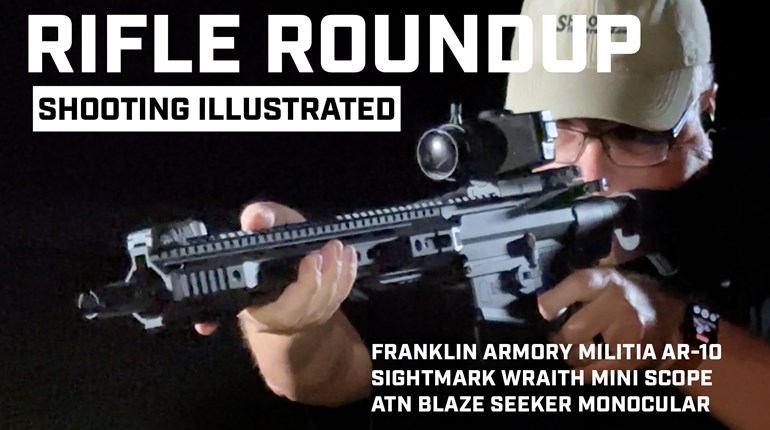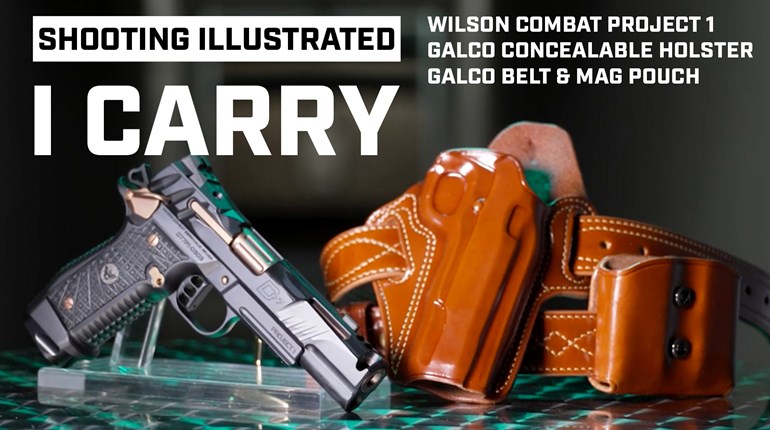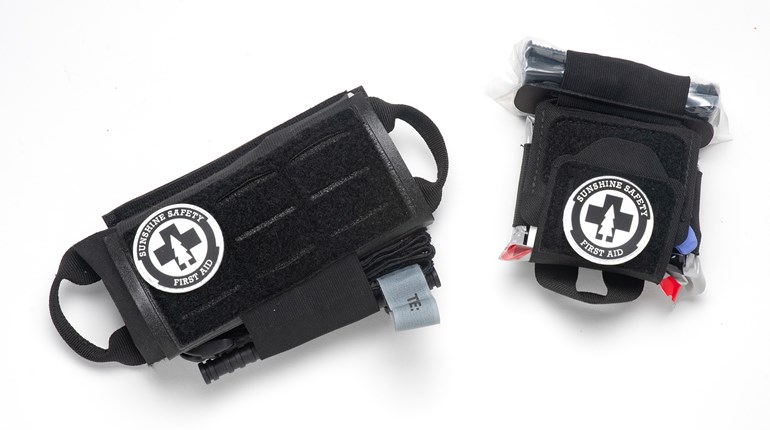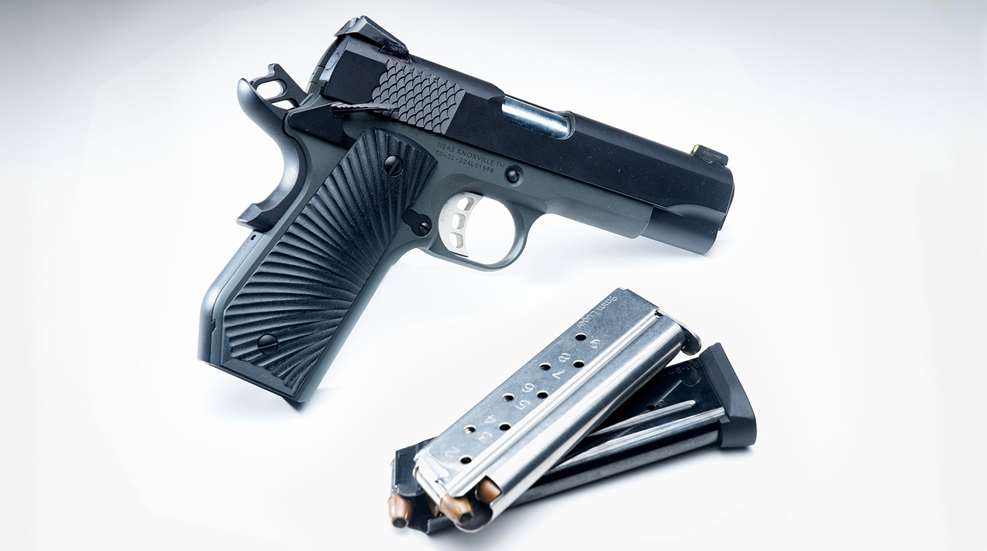
The 1911 is one of the most iconic pistols in American gun culture. Peruse any online forum for any length of time, and you’ll hear the phrase “Two World Wars'' bandied about as fans of the 1911 express their loyalty to this 110+year-old pistol design. A lot has changed in the past century, though. The popularity of the hammer-fired, single action 1911 as a concealed-carry pistol has been supplanted by polymer-frame, striker-fired guns like those made by Glock, SIG Sauer and a host of other manufacturers. There are good reasons for this, such as more capacity and lighter weight. The 1911 may have been the defensive pistol of choice 50 years ago, but what is it like using a 1911 for concealed carry today? Is it still a viable defensive pistol?
What Gear, And Why?
A little background is in order here. I’ve carried a defensive sidearm with me for decades now. However, I started carrying after the “wonder nine” revolution of the mid-'80s/early '90s. As a result, I’ve carried slim, single-stack subcompacts like the Smith & Wesson M&P Shield and larger guns as well. I’ve carried double-action/single action guns and striker-fired guns, but I’ve never used a 1911 for concealed carry. I’ve also never carried my pistol in a leather holster, and I’ve never carried outside the waistband (OWB), either. Instead, I’ve always used Kydex holsters tucked into the waistband of my pants, either slightly behind my right hip or up front near my appendix. For me, carrying a 1911, in a leather OWB holster was resetting the clock to a time when Glocks and similar pistols carried in Kydex holsters weren’t the “go to” choice for carry. What changes would I notice when I started carrying the everyday carry of 40 years ago?
First off was choosing the right gun and holster combination, and there I must confess I cheated a bit, as I went with a Tisas Stingray in 9mm versus the more traditional .45 ACP. The Stingray is a Commander-sized pistol with a bobbed frame, a feature which helps with concealment. It also has 3 dot Novak-compatible sights (more on those in a bit) and an ambidextrous safety.
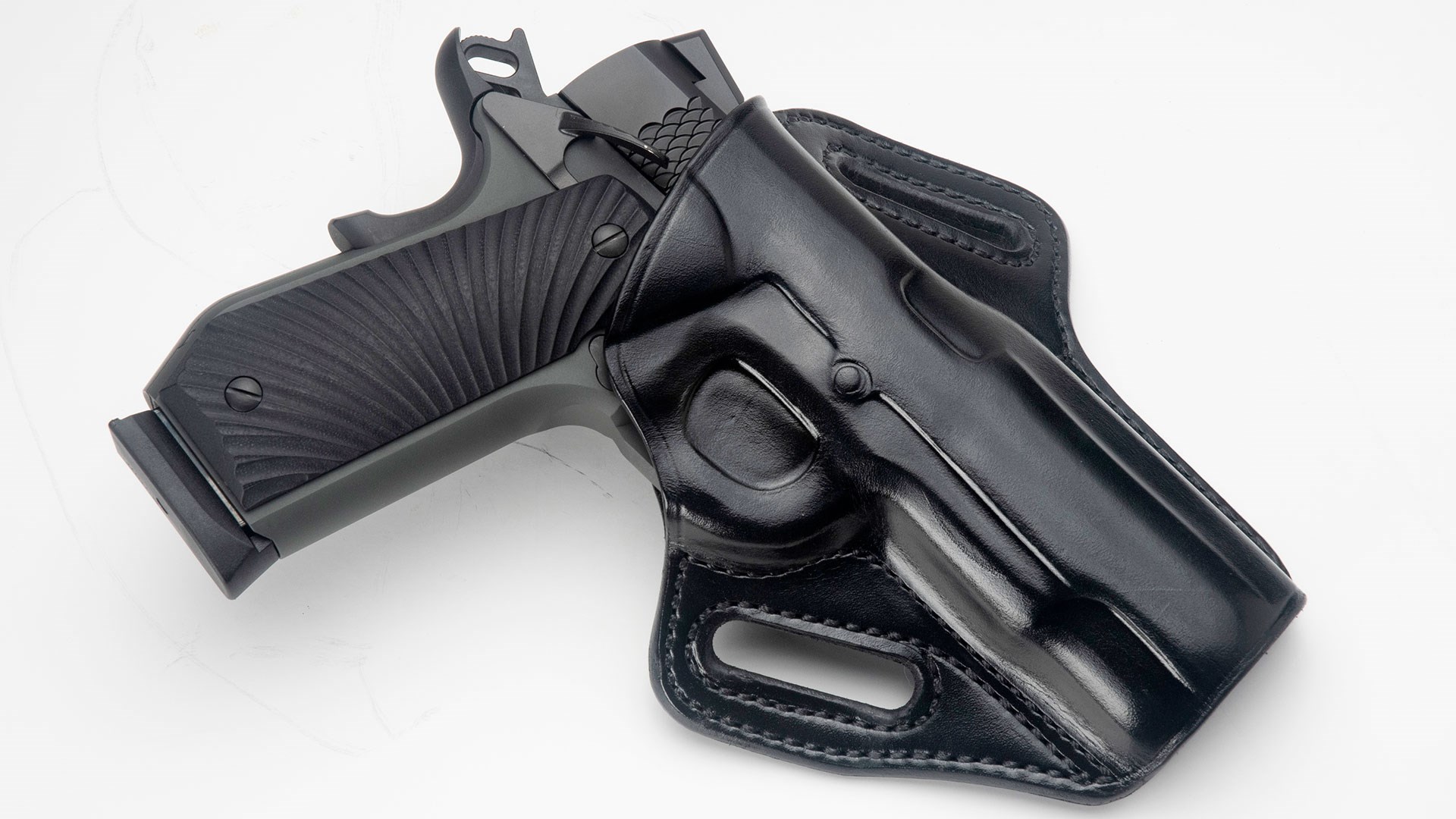
For an OWB leather holster, I chose a Galco Concealable. I prefer a holster with a distinct cant when I carry on my hip, which the Concealable has, and it was also very easy to break in before use. For defensive ammo, I went with Federal Premium’s excellent 124-grain HST round, which I’ll admit didn’t exist in 1985, but there are some things that are too important to experiment with, and reliable, effective defensive ammo is one of them. I loaded up the 1911, stuck it in the holster on my hip, and went about my normal daily routine.
Carrying Like I’m Living In The 80’s
I noticed two things right away. The first was that carrying OWB was very comfortable, much more comfortable than any inside the waistband (IWB) or appendix carry holster I’ve used. I suspect this is because the holster isn’t pressed up tight against my body, but rides outside, on my belt. The second thing I noticed was that I was extremely aware of how long my cover garment was and what effect that was having on my ability to conceal my gun. When you carry IWB or appendix, the only part of the holster and gun combination which other people can see is the clips which attach your holster to your belt and the portion of gun that’s above the beltline. This is not true with OWB carry, where everything is on display if you move the wrong way.
I took this setup to my local range and ran some standard drills to see what I would need to adjust or how I would need to train in order to perform at an acceptable left. After one (failed) run through the Federal Air Marshal Qualifier, I knew I had to swap out the three-dot sights with something else, as my attention was bouncing back and forth between the front sight and the rear sight. A quick call to Novak’s Sights fixed that problem, and so I decided to turn my attention to the holster I was using.
It’s All About The Coverup
First, a word about cover garments. Despite the fact that I live in one of the centers of sport fishing in the United States, no one in my town walks around wearing a fishing vest. In fact, no one walks around wearing a jacket of any kind, (it is Florida, after all), so untucked shirts are the order of the day.
Try as I might, I just couldn’t get my normal cover garments (an untucked t-shirt or a Mexican wedding shirt, aka a guayabera shirt) to work with an OWB holster. While this setup was extremely easy to wear and was just as fast as my normal appendix carry, I spent too much time worrying about whether my gun was peeking out from underneath my cover garment for me to be really comfortable with having my holster in that location. Things would probably be different if I lived someplace where open-front concealment garments were more common, but for my style and my location, appendix carry is the right choice for me.
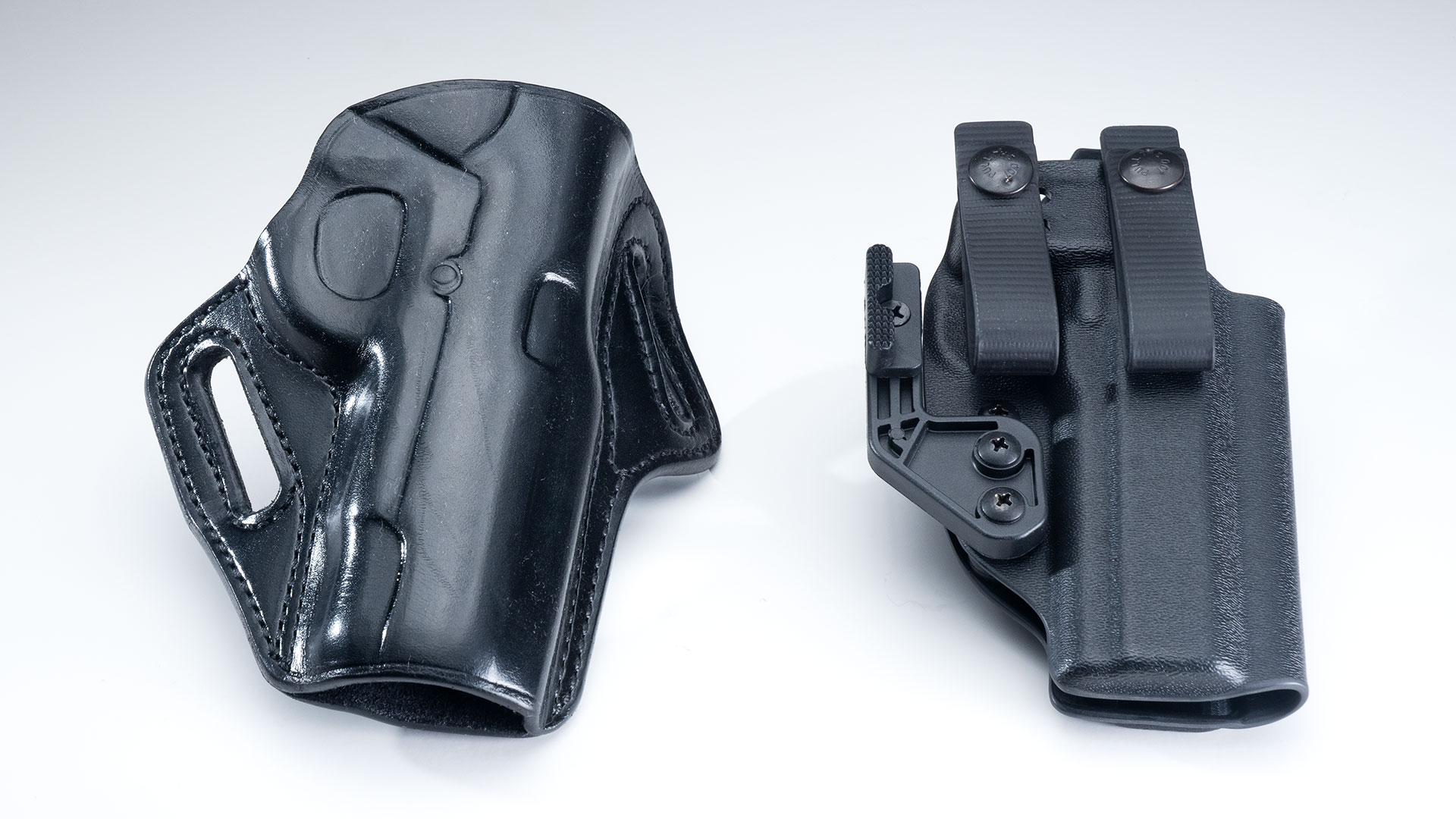
Which meant I reached out to JM Custom Kydex for an appendix holster that worked with a Commander-sized 1911. The gun rides very comfortably in that holster, even more comfortably than my previous carry gun, a Glock G19 with a red dot.
Why Use A 1911 For Concealed Carry?
This brings up an interesting question: Why go “backwards” and carry a 9mm 1911, which has 10 rounds in the magazine, rather than carry a Glock G19 that holds 15?
To begin with, the Tisas is just a bit larger than a Glock G48, which also holds ten rounds and is a very popular choice for concealed carry. Secondly, there is the 1911 trigger, which is arguably the best you can get on a semi-automatic pistol, which helps immensely with accuracy. Lastly, there is the metal frame of my Stingray, which really helps suck up what recoil there is from shooting 9mm on a day in, day out basis.
I’ve established that yes, I can carry a 1911 concealed, and be comfortable while doing so. Next up is a longer term test, over the course of this year, as I find out what a 1911 can do versus a more “modern” gun, and what it can’t do. One thing I can say is that if you’ve convinced yourself that there’s only one concealed carry gun for you, give another gun a try. Whatever you choose, practice with it regularly, because it’s almost always your skill that will make the difference when everything is on the line.













